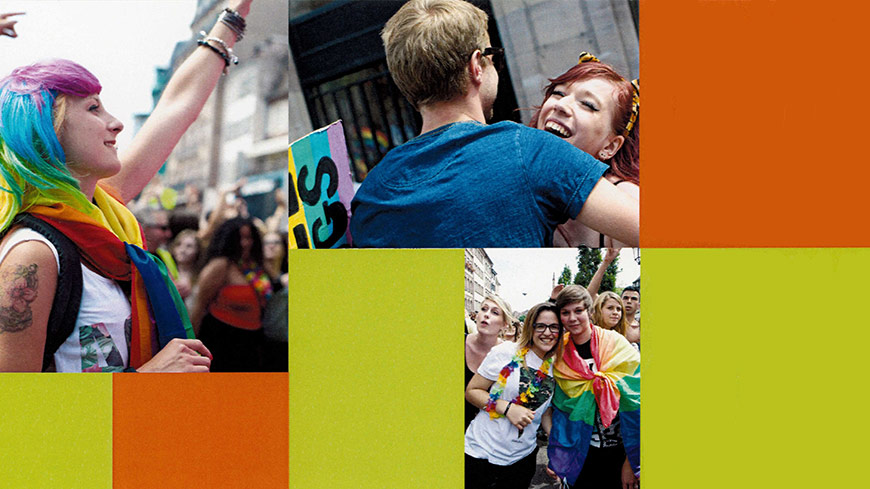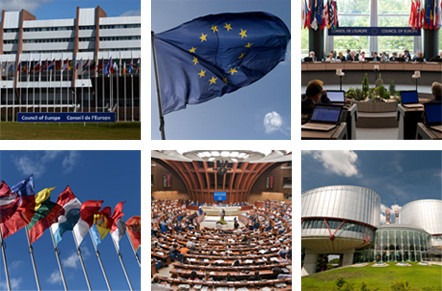Violence at schools based on sexual orientation, gender identity or expression or sex characteristics occurs everywhere in Europe and is acutely underreported. The efforts of the European education authorities to address the problem must be stepped up in order to create safe environment for children and prevent negative impact on students’ health and achievements. These are the key findings of the new report prepared by the Council of Europe in partnership with UNESCO that was published today.
Violence based on sexual orientation, gender identity or expression or sex characteristics (SOGIEC-based violence) is rooted in cultural norms and expectations about gender and gender roles. It can be psychological, physical or sexual, and occur in or around the schools, as well as online. According to the survey, verbal violence and bullying are its most prevalent forms.
“Any student who is perceived not to conform to prevailing norms – be it physical appearance, choice of clothing, manners, or emotional or physical attraction to others – may become its victim,” says Eleni Tsetsekou, the Head of the Sexual Orientation and Gender Identity Unit of the Council of Europe. “Its key victims are LGBTI students, with transgender and gay male students reporting the highest levels of violence. However, it also targets non-LGBTI students and harms everyone involved – victims, perpetrators and bystanders.”



